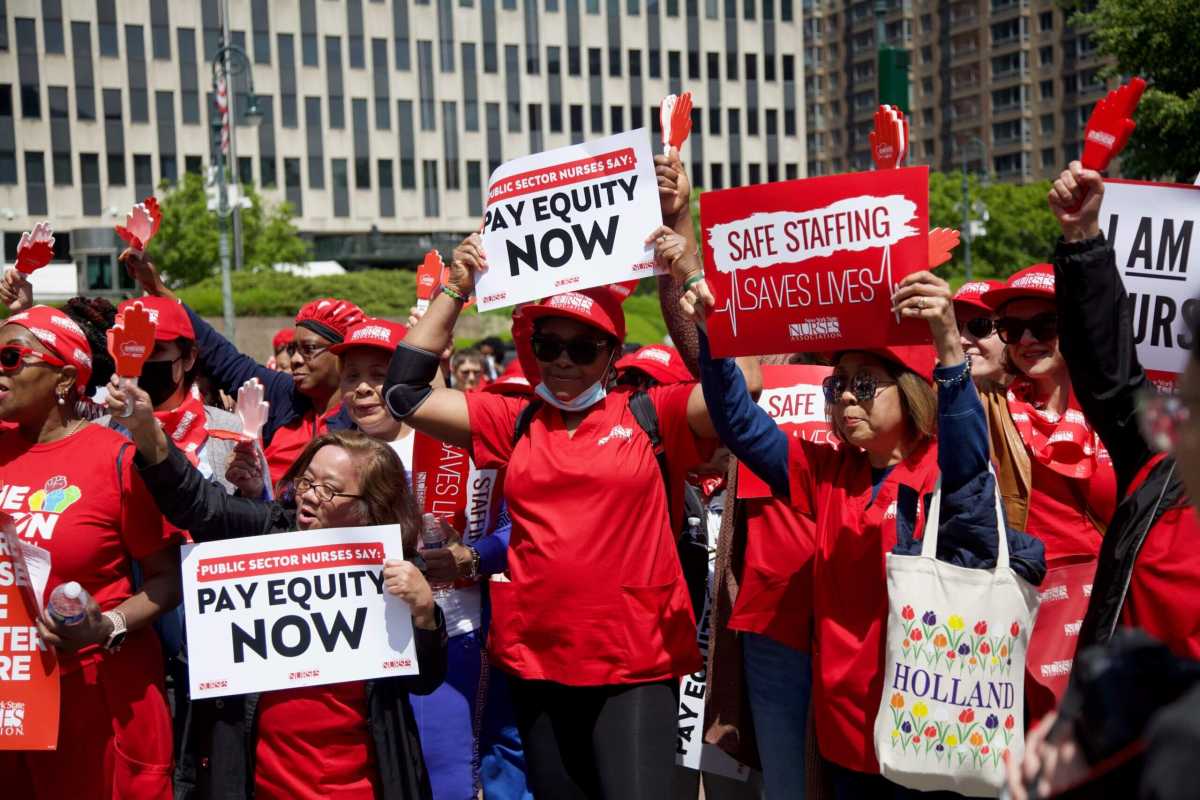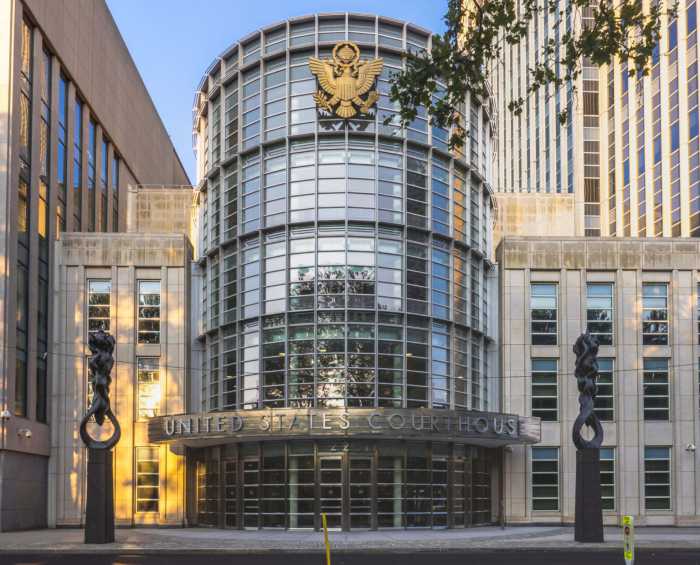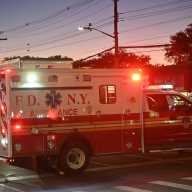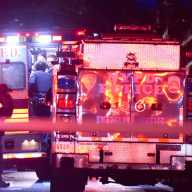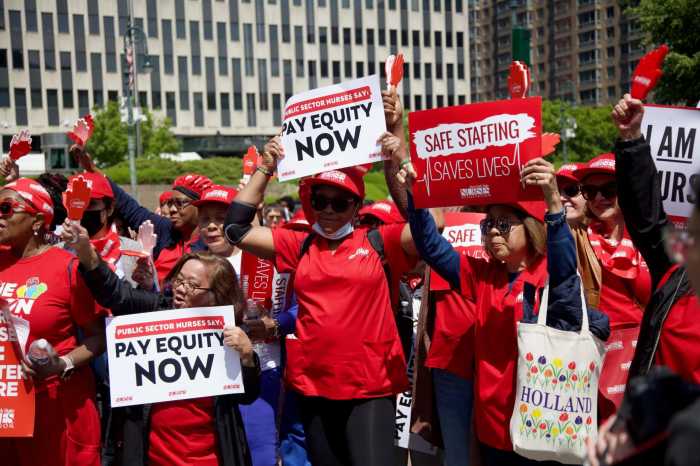G Line Had Fewest Notifications
The NYPIRG Straphangers Campaign issued its first-ever analysis of MTA electronic alerts, which told riders of “significant” incidents that often generated subway delays.
The review found that in 2011, the 2 and 5 lines had the most number of alerts of “significant” incidents that often generate delays with 251 and 247 respectively (or eight percent each of 2,967).
The G line had the fewest with 45 (or two percent of a total of 2,967).
The MTA deems an incident significant and instructs its personnel to send an alert to riders “for any incidents that will result in a significant service impact that is expected to last eight to 10 minutes or more,” according to transit officials.
The Straphangers Campaign analyzed thousands of real-time alerts the MTA sent to riders who subscribe to the agency’s “Email and Text Message Alert System.” The alerts are intended to provide up-to-the-minute information about whether a subway line is experiencing a significant delay-generating incident-and whether riders should consider taking an alternate route.
The Straphangers Campaign reviewed 4,937 alerts issued by the MTA in calendar year 2011. These included alerts for 20 subway lines, but not any of the shuttles. The campaign removed irrelevant data, leaving 4,580 alerts.
The group then classified the electronic alert incidents into two categories.
The first was “controllable,” including such things as signal or mechanical problems. The second was “uncontrollable,” such as police activity or sick passenger.
The campaign concluded it was not fair to hold transit officials accountable for many of these uncontrollable incidents. As a result, the campaign eliminated all 1,613 alerts of uncontrollable incidents – 35 percent of the total 4,580 alerts.
The group then analyzed the 2,967 remaining alerts of controllable significant incidents in 2011. The report found:
– The 2 line had the most controllable significant incidents in 2011. The 2 line accounted for 251 out of 2,967, or 8 percent of all controllable significant incidents.
– The 5 line came in a close second, with 247 controllable significant incidents. This was also 8 percent of all controllable significant incidents.
– The G line had the fewest controllable significant incidents in 2011. The G line accounted for 45, or 2 percent, of all controllable significant incidents.
– The most frequently occurring type of controllable significant incidents in 2011 was signal problems. This reason accounted for 36 percent of all controllable significant incidents.
– Manhattan was the borough in 2011 with the most controllable significant incidents. The borough accounted for 43 percent (1,279 total) of all controllable significant incidents.
– The Bronx was the borough in 2011 with the fewest controllable significant incidents. The borough accounted for 11 percent (333 total) of all controllable significant incidents.
“In 2011, riders received alerts of significant controllable incidents almost five times every seven-day week on the 2 and 5 lines, while riders on the G had significant incidents less than one time a week,” said Gene Russianoff, staff attorney for the Straphangers Campaign.
“Some riders will see this as a poor level of performance. Others may grudgingly view this amount of incidents as tolerable. Either way, 2011 will serve as a baseline for future years, showing whether significant incidents have gotten worse, better or stayed the same,” added Cate Contino, coordinator for the Campaign.
The alert data raised questions that needed further information to find an answer, according to the group. These included:
– Is there a relationship between the number of significant incidents and the amount of service provided by line?
– Are there explanations for why signal and mechanical problems constitute more than two-thirds of all significant controllable incidents?
– Is there a relationship between the number of significant incidents and whether a line shares part of its right-of-way?
– Are the number of alerts increased on lines undergoing major rebuilding, due to related service problems?
The MTA launched its “Text Messaging and Email Alert System” in late November of 2008. Riders can sign up to receive these alerts by going to www.mymtaalerts.com. The service is free. More than 76,000 individuals currently subscribe to the MTA’s alerts for subway delays.
Russianoff noted that the electronic alerts for significant incidents were one of several important MTA initiatives designed to provide riders with more real-time information about their commutes, such as “countdown clocks.”
Russianoff went on to state that incident alerts are important for riders making transit decisions regularly, who rely on the accuracy of the alerts.
The MTA also provides electronic alerts for New York City buses, Staten Island Railway, Long Island Rail Road, Metro North and the bridges and tunnels operated by the MTA. This analysis looked only at subway alerts.
MTA New York City Transit provided the Straphangers Campaign with descriptions of the process of issuing real-time electronic alerts of incidents. These are in an August 2011 letter from MTA New York City Transit President Thomas Prendergast and a December 2011 directive from Transit’s Rail Control Center.
The Straphangers Campaign concluded from these New York City Transit documents that while there is no automatic determination of whether an incident is significant, in each case New York City Transit personnel are making the same judgment; that is whether a incident is significant enough to warrant “generating a text or email message to the general public.”
The Straphangers Campaign has posted the spreadsheet containing the data for alerts on its website, www.straphangers.org.

